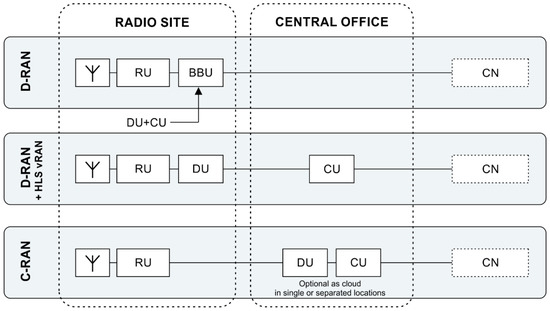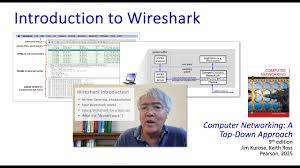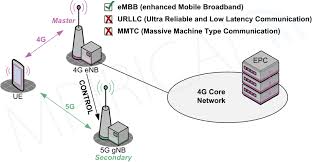W2 Precoding Matrix: Understanding Subband vs. Wideband Approaches
telcomatraining.com – In the rapidly evolving field of wireless communications, W2 precoding matrices play a pivotal role in enhancing the performance of MIMO (Multiple Input, Multiple Output) systems. These matrices are vital for managing interference and improving signal quality in both subband and wideband transmission schemes. Understanding the differences between subband and wideband approaches is essential for network engineers and researchers working to optimize wireless networks.
What is W2 Precoding Matrix?
W2 precoding matrices are used in advanced communication systems to optimize the transmission of data across multiple antennas. By adjusting the signals sent to each antenna, precoding matrices help reduce interference and enhance the signal-to-noise ratio (SNR). This process is fundamental in MIMO systems, where multiple signal paths are used simultaneously to improve overall data rates and reliability.
The primary function of a precoding matrix is to transform the data before transmission, tailoring it to the channel’s characteristics. W2 precoding specifically refers to the application of these matrices in systems where the frequency range is divided into multiple subbands or operates across a broader frequency spectrum (wideband).
Subband Approach vs. Wideband Approach
Subband Approach:
The subband approach divides the available frequency spectrum into smaller chunks, known as subbands. Each subband is then processed independently, allowing the system to apply specific precoding strategies tailored to the conditions of each subband. This method offers several advantages in environments with varying channel conditions across different frequencies.
In subband precoding, the communication system operates on a more localized level, with each subband treated as a separate entity. This approach is particularly effective in mitigating interference when different frequency bands experience distinct propagation characteristics. It enables fine-tuned adjustments to the precoding matrix for each subband, which can lead to enhanced performance in non-homogeneous environments.
However, the subband approach can introduce complexity in the system’s design, as it requires precise frequency allocation and management. Additionally, it may not fully exploit the available bandwidth as efficiently as wideband precoding.
Wideband Approach:
On the other hand, the wideband approach treats the entire frequency spectrum as a continuous range, applying a single precoding matrix across the full band. This method aims to optimize transmission by considering the broader characteristics of the frequency spectrum, leading to a more global optimization of the signal.
Wideband precoding is particularly useful in environments where the channel conditions are relatively uniform across the frequency range. It allows for a more straightforward design since the same precoding matrix is applied to the entire spectrum, reducing system complexity. Wideband systems are also capable of achieving higher data rates, as they exploit the full bandwidth available for transmission.
Despite its advantages, the wideband approach can struggle in environments with significant frequency-dependent variations. If the channel conditions differ greatly between frequency bands, the wideband method may not perform as efficiently as the subband approach.
Subband vs. Wideband: Performance Considerations
The performance of W2 precoding matrices in subband and wideband approaches depends on several factors, including the channel characteristics, available bandwidth, and system design requirements.
- Channel Diversity: The subband approach excels in environments with significant channel variation across frequencies. By treating each subband independently, it can adapt to local channel conditions, improving performance in challenging environments. In contrast, the wideband approach may struggle when faced with varying channel conditions across the frequency range.
- System Complexity: Wideband precoding is typically simpler to implement since a single matrix is used for the entire frequency range. However, the subband approach, while more complex, can offer better performance in diverse environments.
- Data Rates: Wideband precoding generally offers higher overall data rates, as it makes full use of the available spectrum. Subband precoding, however, can achieve better results in specific frequency bands but may not fully utilize the entire bandwidth.
Conclusion
Both subband and wideband approaches have their unique advantages and are suitable for different types of communication environments. Subband precoding provides greater flexibility and performance optimization in heterogeneous channels, while wideband precoding offers a simpler, more efficient solution when channel conditions are relatively uniform. By understanding the differences between these two approaches, wireless engineers can better design and implement systems that meet the growing demands of modern communication networks.
As technology continues to evolve, the choice between subband and wideband W2 precoding will play a crucial role in the development of next-generation wireless systems.







